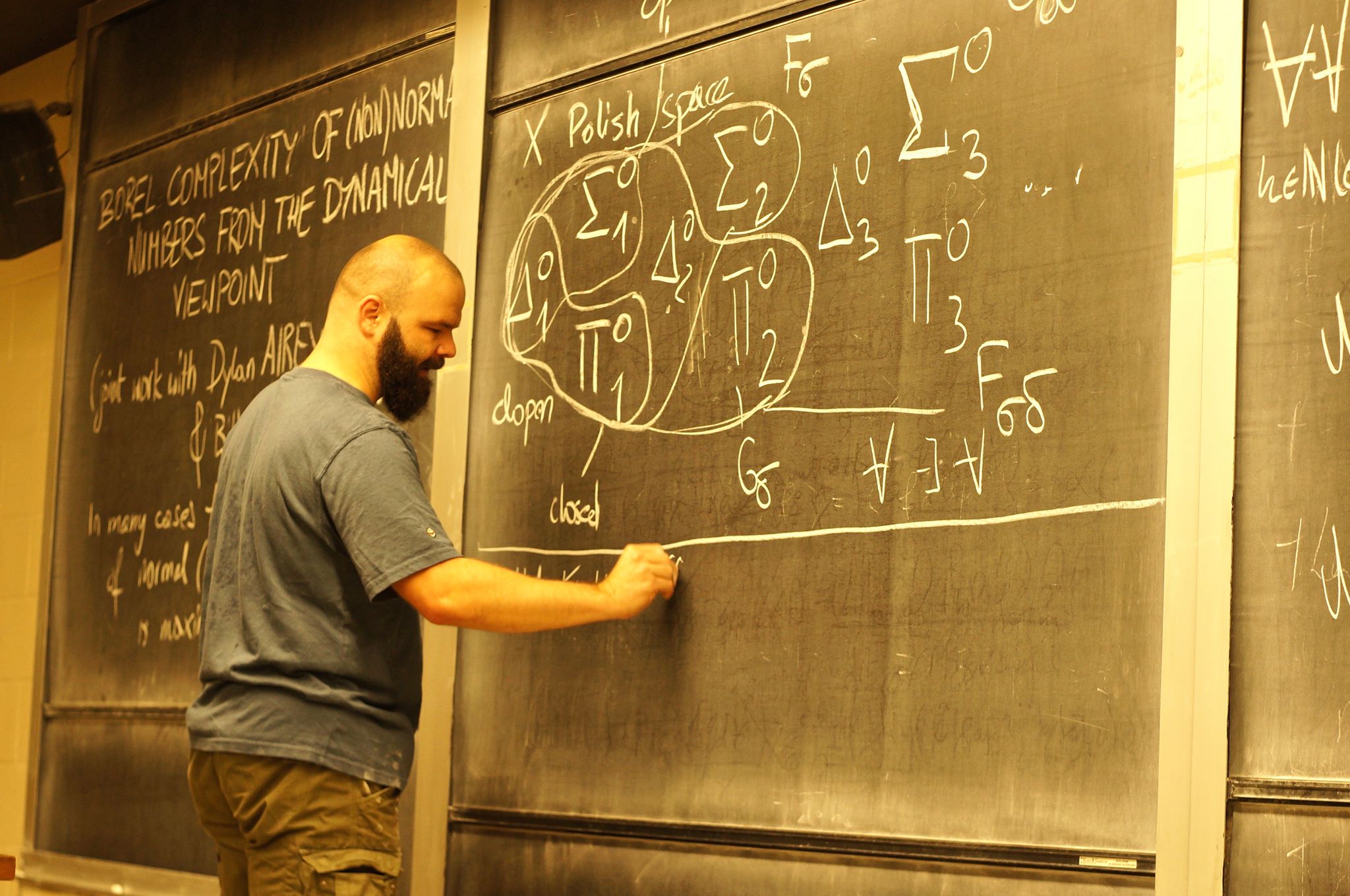
I'm working in the area of dynamical systems and ergodic theory with connections to other research areas like number theory, probability theory or mathematical physics, particularly aperiodic order.
One of my particular interests are dynamical systems where extreme events play a crucial role. Differently to independent, identically distributed (i.i.d.) random variables, can extreme events in the dynamical systems context occur in clusters and make it behave differently as in the i.i.d. context. Closely related to this is my research in infinite ergodic theory. Here, often an orbit stays a long time in an infinite orbit and it takes many steps until the orbit returns to a finite measure set. Often, nice toy models for the above described phenomena can be found in the area of (generalized) continued fractions.
Another research interest are diffraction measures of aperiodic systems like the Thue Morse measure and their scaling properties. Here, I also use methods originating from statistical physics like the thermodynamic formalism which can also be used to obtain information about the Hausdorff dimension of Birkhoff averages.
A complete list of my publications and preprints and some further informations can be found on my personal homepage: https://tanja-schindler.github.io/
Besides my mathematical interests while being in Poland I'm also interested in learning the Polish language and given that there are a number of nature areas around I would also like to get to know more about the lokal plants.

